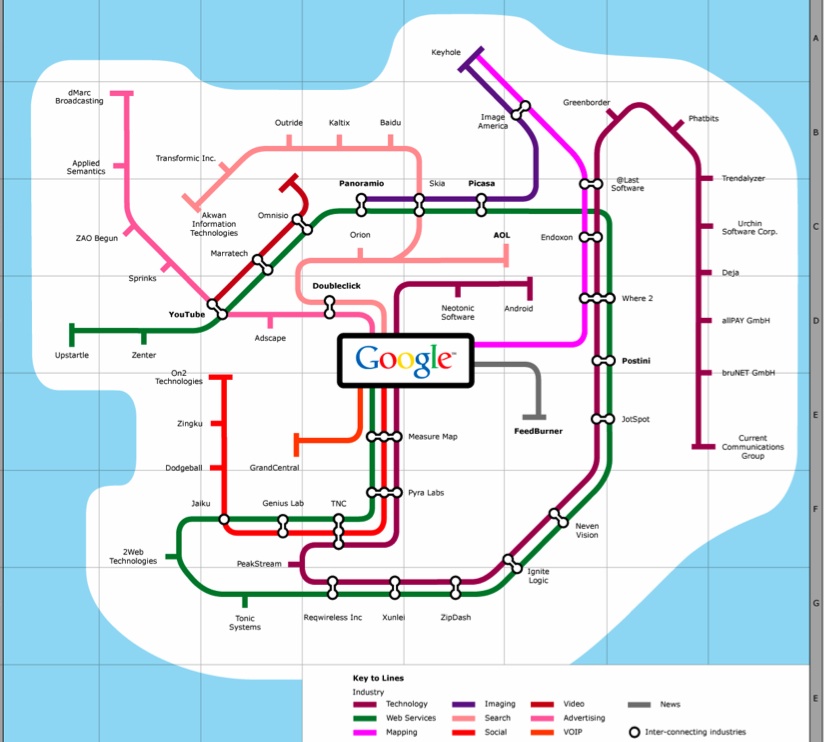Twitter, Valuation and Venture Capital
Read Write analyzes the recent investment in Twitter at a valuation of USD 1 Billion valuation. They write:
These high-profile deals have "optics" (i.e. the PR or headline story for public consumption) and fundamentals (i.e. how the investors actually make money). They are very different.
The key to the fundamentals is the Liquidation Preference. We touched on this in one of our "Startup 101" chapters: How to Scale Without Losing Your Shirt. Basically, upon exit, the investors get their money out before the entrepreneurs do. That's reasonable. For example, the Twitter team has not actually built a business worth $1 billion; it is only saying it can do so (with some credibility).
So, the investors putting in $100 million have their risk (or downside) covered. The only way they can lose money is if Twitter sells for less than $100 million, which is pretty unlikely... not impossible, but unlikely. But if it sells for $100 million, then all of the other investors lose everything. The exit valuation has to be higher than $157.97 million (total money invested) for the founders and management team to see a dime.
So, with their downside covered, investors can focus on the upside. This is where optics matter. With this deal, the entrepreneurs can say the following to any potential acquirers:
- "Negotiations have to start at $1 billion. It clearly cannot be lower than that," and
- "We have a long runway. If you don't do this deal now, the price will only be higher later."
In this case, the optics are critical. Although the investors in this latest round have protected their downside, they won't see any upside unless the exit valuation is greater than $1 billion. By putting in a large amount (which they cannot really lose), the investors help to ensure that the exit valuation is high.
Ideally, Twitter will exit before revenue, when revenue potential is unlimited. As soon as actual revenue comes in, three bad things happen:
- Acquirers say, "Let's wait and see how this pans out."
- Costs go up: you have paying customers who demand real service.
- Revenue targets may go south. Exponential hockey-stick growth is hard enough for a free service (kudos to Twitter for doing that brilliantly) but way, way harder when money changes hands. Real money (not investment money) paid by someone to Twitter becomes friction. Twitter ceases to be a friction-less flywheel.
Twitter does have enough cash now to execute on a revenue plan and outlast acquirers who like to sit on the fence. So any way you look at it, this is a smart deal. It is not "evil": this is all business between consenting adults. Evil would be selling stock to "widows and orphans" in the public market who (A) don't have Preference and (B) don't have the means to evaluate the risk on a deal like this. That was Bubble 1.0, and it won't happen again. This is not Bubble 2.0. This is fundamentally different, even if the optics may look similar.


